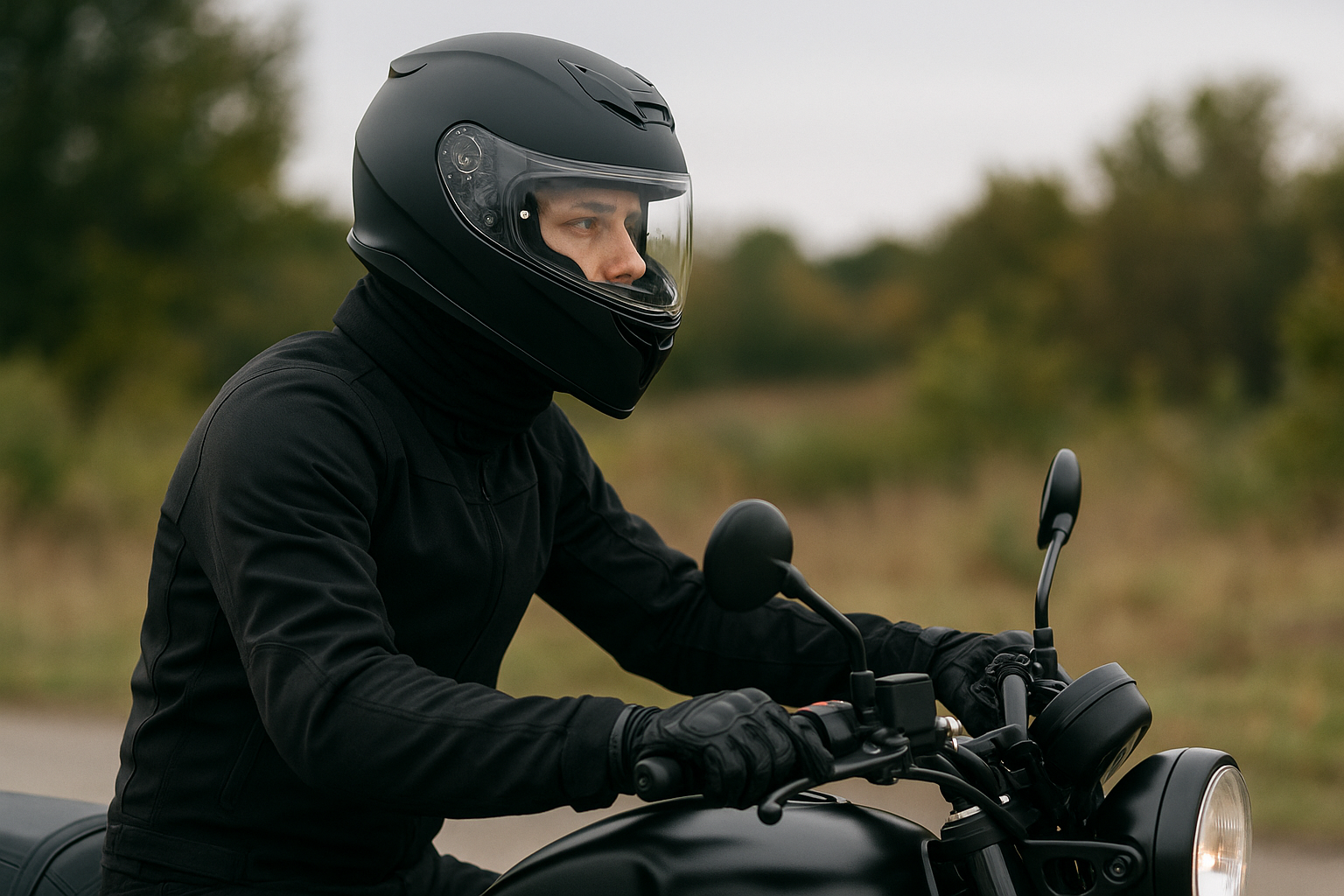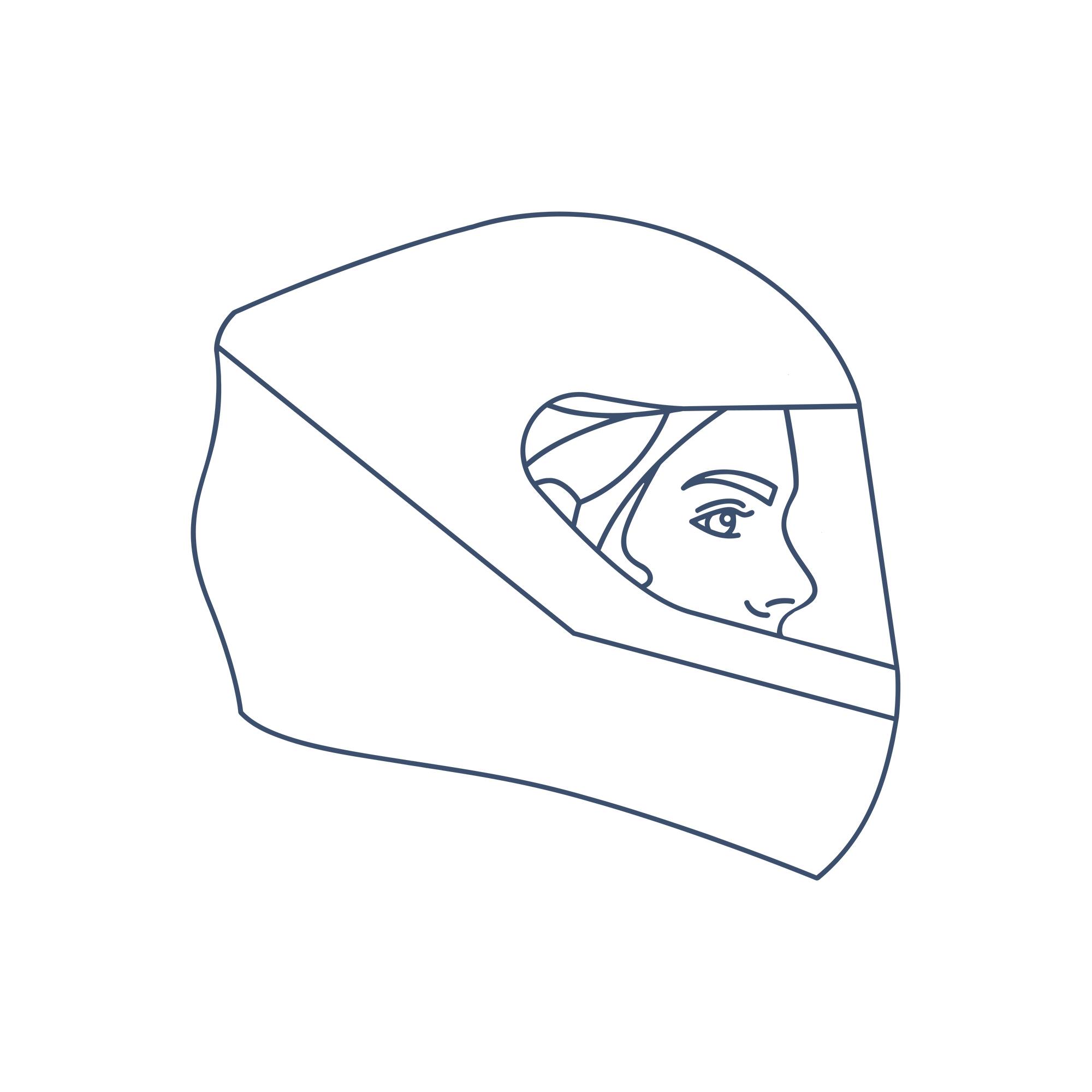Are you absolutely sure your helmet would protect you if the worst happened? Let me be straight with you if you're on a motorbike, headgear isn't optional. It’s your first line of defence. I've met plenty of riders who’ve chosen style over safety, only to regret it later. So if you’re in the market for a new helmet or just checking whether yours is still up to scratch, let me walk you through what you *actually* need to know.
Start with the law - but don’t stop there
In Australia, it’s illegal to ride without an approved helmet. You *must* wear a helmet that meets either the AS/NZS 1698 standard or is UNECE 22.05 certified. That’s non-negotiable. But honestly, the bare minimum legal requirement is just that *the bare minimum*. There’s a world of difference between a cheap helmet that technically ticks the box and one that could *actually* save your life. That’s why I always recommend looking for DOT, ECE, or Snell-certified helmets if you're buying overseas or importing gear.
[collection-carousel="motorcycle-helmets"]
Your helmet needs to fit like a second skin
Here’s something I learnt early on the most protective helmet in the world won’t help you if it doesn’t fit properly. It should sit snug, without any wobble or movement when you shake your head. Too loose and it’ll shift too much to keep you protected. Too tight and you’re going to hate wearing it. I had a customer once who was wearing a size too big because they didn’t want “helmet hair.” Don’t be that rider. Protect your brain.
Full-face, open-face, or modular?
I get asked this *all the time*. Full-face helmets offer the most protection simple as that. Your jaw, your cheeks, your whole face are covered. That’s especially crucial in high-speed crashes where facial injuries are common. Modular helmets are great if you like the flexibility of flipping the chin up at lights or for short stops. Just make sure it locks properly when closed. Open-face helmets? Look, I get the appeal in summer, but just understand what you’re sacrificing in terms of coverage.
Cheap isn’t always cheerful
You know that old saying, *“If you’ve got a $10 head, get a $10 helmet”*? It’s brutal and honestly, a bit smug but there’s truth in it. What I’ve seen time and again is that budget helmets tend to skip out on comfort features, ventilation, and long-term durability. More importantly, they often don't have the certifications you really want. I’ve tested a few myself and I always end up back with the premium options.
Think beyond just the helmet
Your helmet is only one part of the headgear puzzle. I always ride with a neck tube or balaclava in cooler months. It keeps the wind off your neck and stops your helmet from getting too grotty inside.
[collection-carousel="motorcycle-neck-wear"]
And don’t forget things like visors and pinlocks. Foggy visors are more dangerous than you’d think especially on cold mornings. I learnt that the hard way pulling out of the driveway one winter in Brisbane. Couldn’t see a thing.
Women’s motorcycle gear isn’t just about sizing
As someone who’s been in this space for years, let me say this clearly: *women’s motorcycle gear is not just a “pink version” of the men’s one*. It’s built differently because we are built differently. I’ve heard way too many stories from customers who settled for a men’s helmet that “kinda fits” because they thought that was their only option. I wrote more about that in our article on why proper women’s motorcycle gear differs from men’s gear. Trust me it matters.
[collection-carousel="womens-motorcycle-gear"]
What I look for in a helmet
I always go through the same mental checklist when I’m picking or recommending a helmet:
-
Does it meet proper safety certifications?
-
Is the fit snug, with no pressure points?
-
Is the weight balanced so it doesn’t strain my neck?
-
Does the visor seal well and resist fogging?
-
Can I wear it all day without wanting to rip it off?
It might sound like a lot, but once you’ve had a helmet that checks all those boxes you won’t settle for less again.
When to replace your helmet
Even if your helmet *looks* fine, you should replace it every five years, or immediately after a crash. Materials degrade over time, and impact absorption gets compromised. One of the most overlooked things is dropping your helmet yep, even off the seat or handlebars. It can damage the internal foam in ways you can't always see. I had a customer in Melbourne come in with a helmet she’d dropped in her garage two months ago she didn’t think anything of it. But the shell had cracked inside, visible from the inside. That helmet wouldn’t have done much in a crash.
Comfort and confidence go hand in hand
There’s something about putting on a helmet that fits just right. It gives you confidence. You feel focused. Safe. I wrote more about that in our piece on riding with confidence because gear isn’t just about protection. It’s about how it makes you feel on the road.
[collection-carousel="motorcycle-protective-gear"]
How do you know what’s right for you?
This is where I circle back to something I read on a Reddit thread well, thought to myself, really that picking a helmet isn’t about finding the “best” one. It’s about finding *your* best one. A helmet that feels good the second you put it on. One that suits the way you ride whether it’s weekend trips into the hills, daily commutes, or long-distance touring. Maybe you care about weight, or maybe noise reduction is your thing. That’s your call.
Let’s get you fitted properly
If you’re still not sure, come in and have a chat. Or send us a message through our contact page. We’ll help you figure out your head shape, sizing, and what helmet matches your riding style. We also carry *motorcycle helmets* from brands like AGV, Shoei, and more.
[collection-carousel="agv-motorcycle-helmets"]
--- If you’ve made it this far, here’s your takeaway: **Don’t compromise on your helmet.** It’s the one piece of gear that *has* to do its job, every single time you ride.









